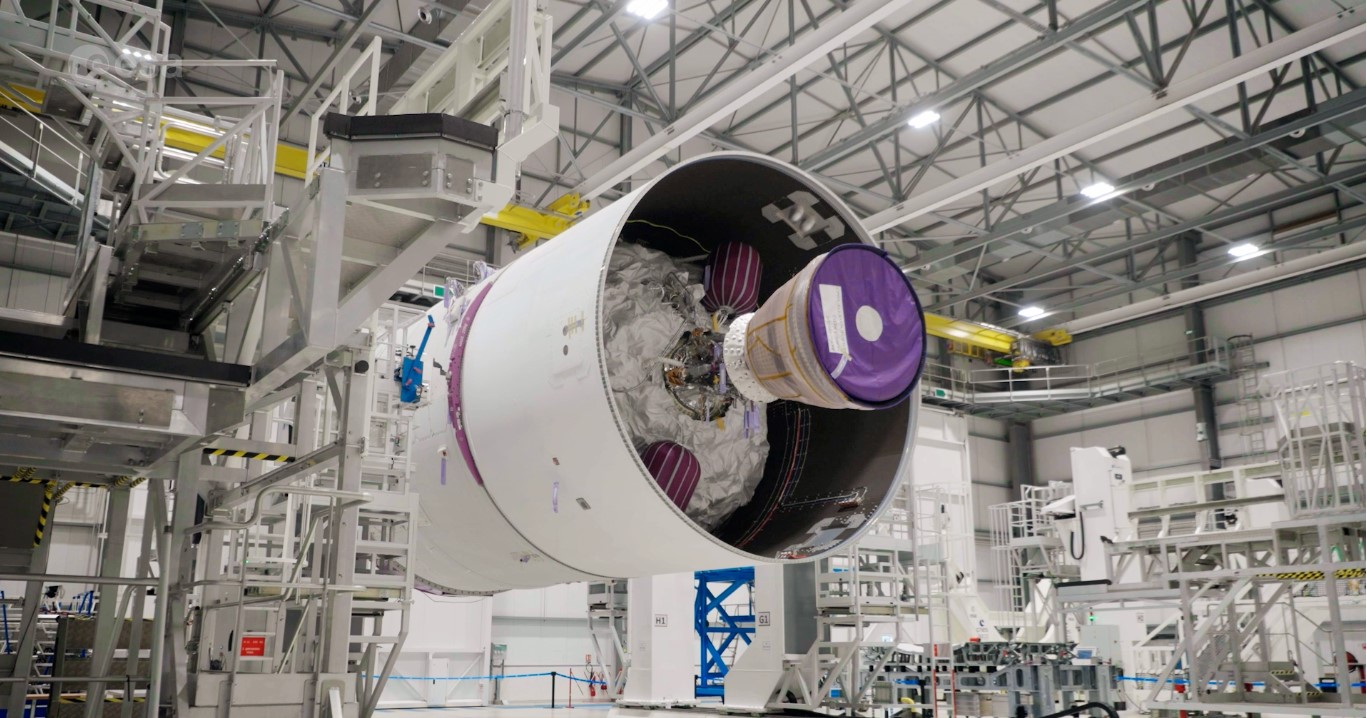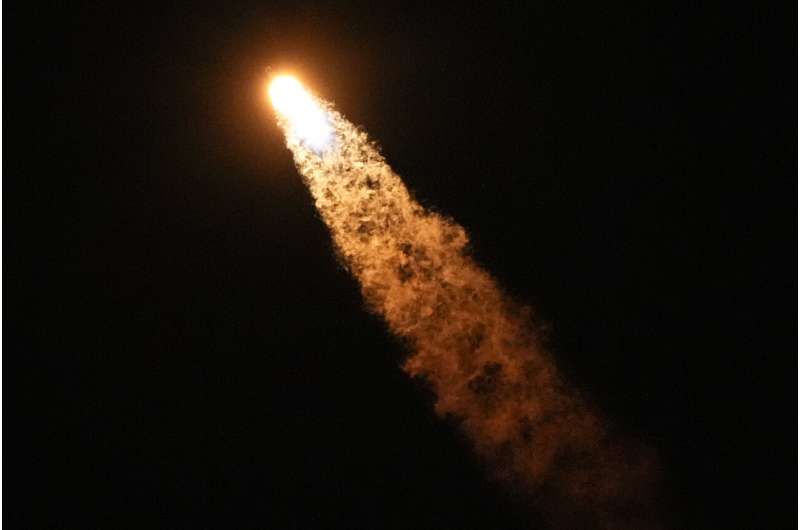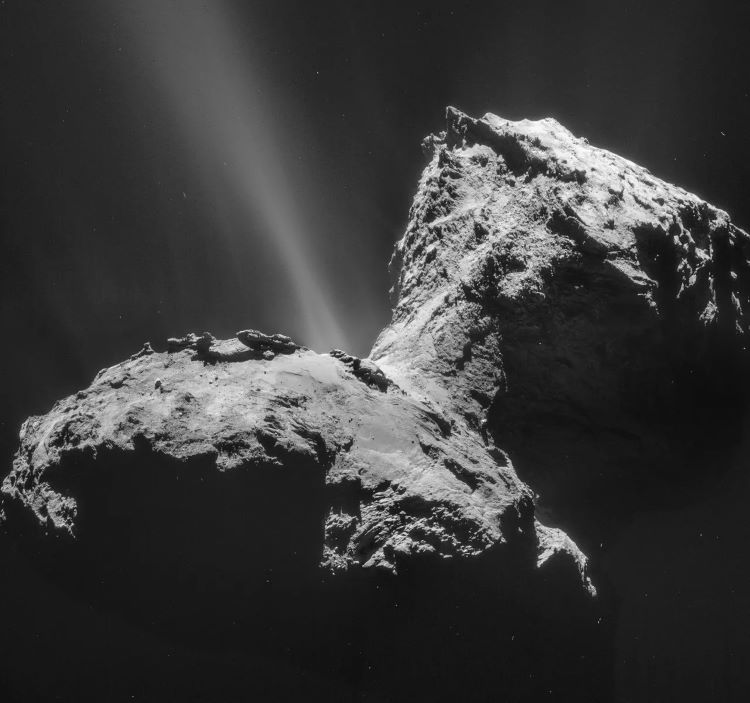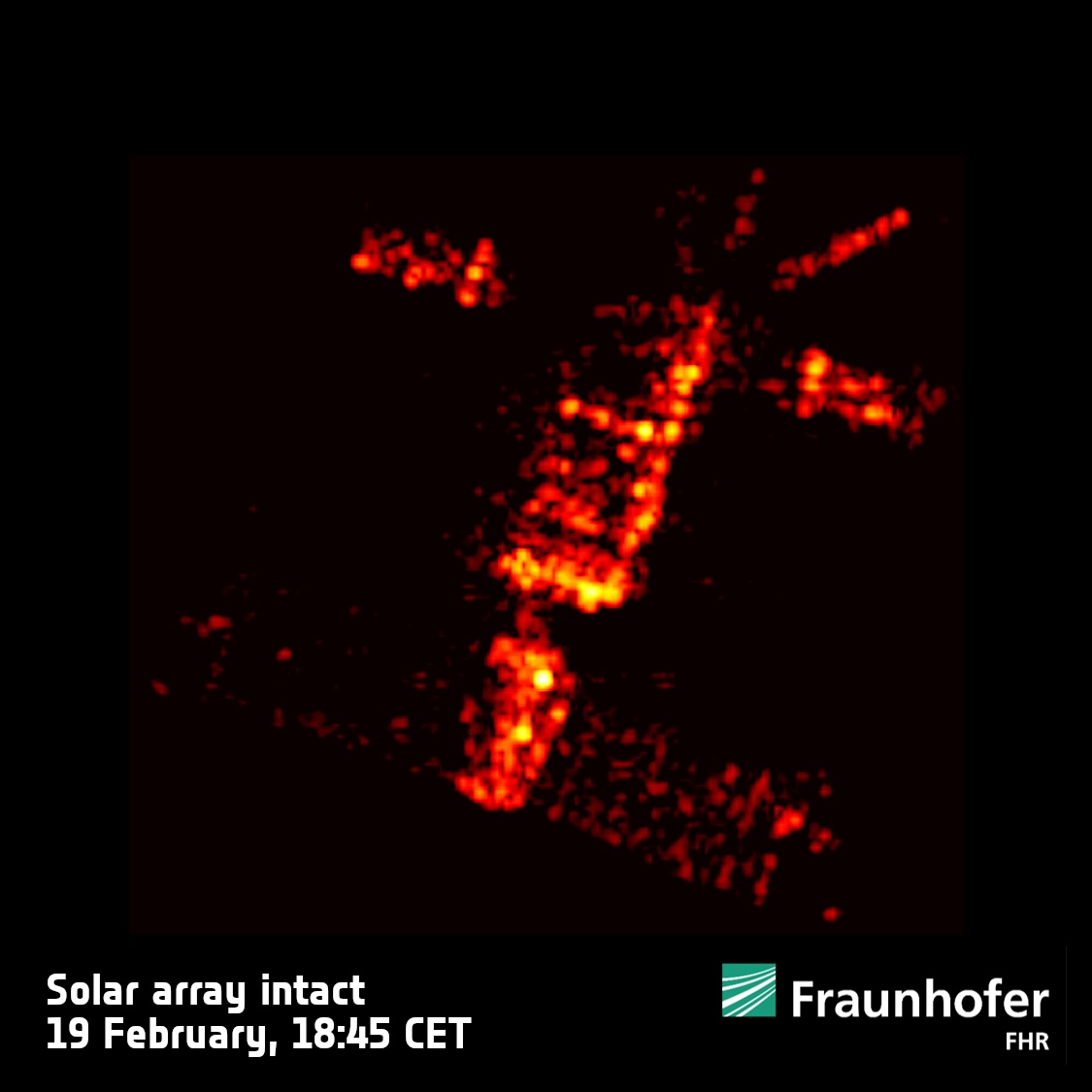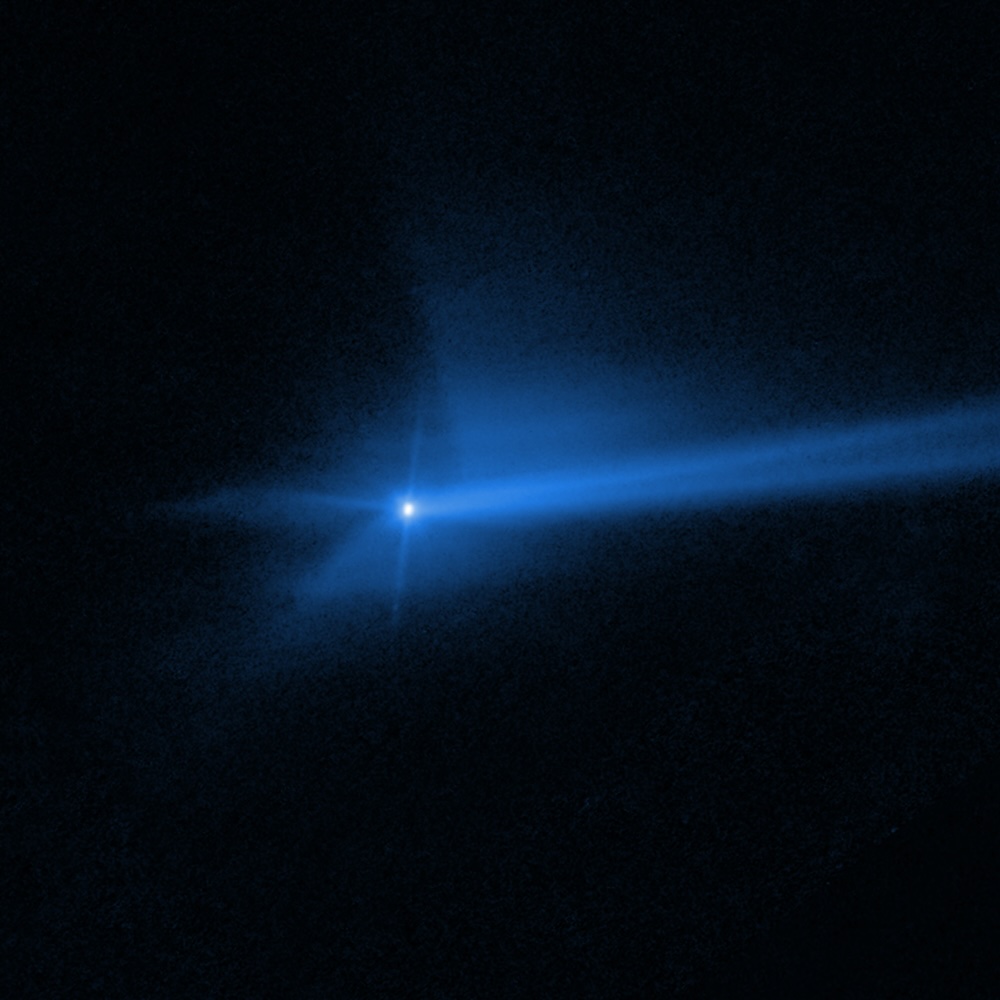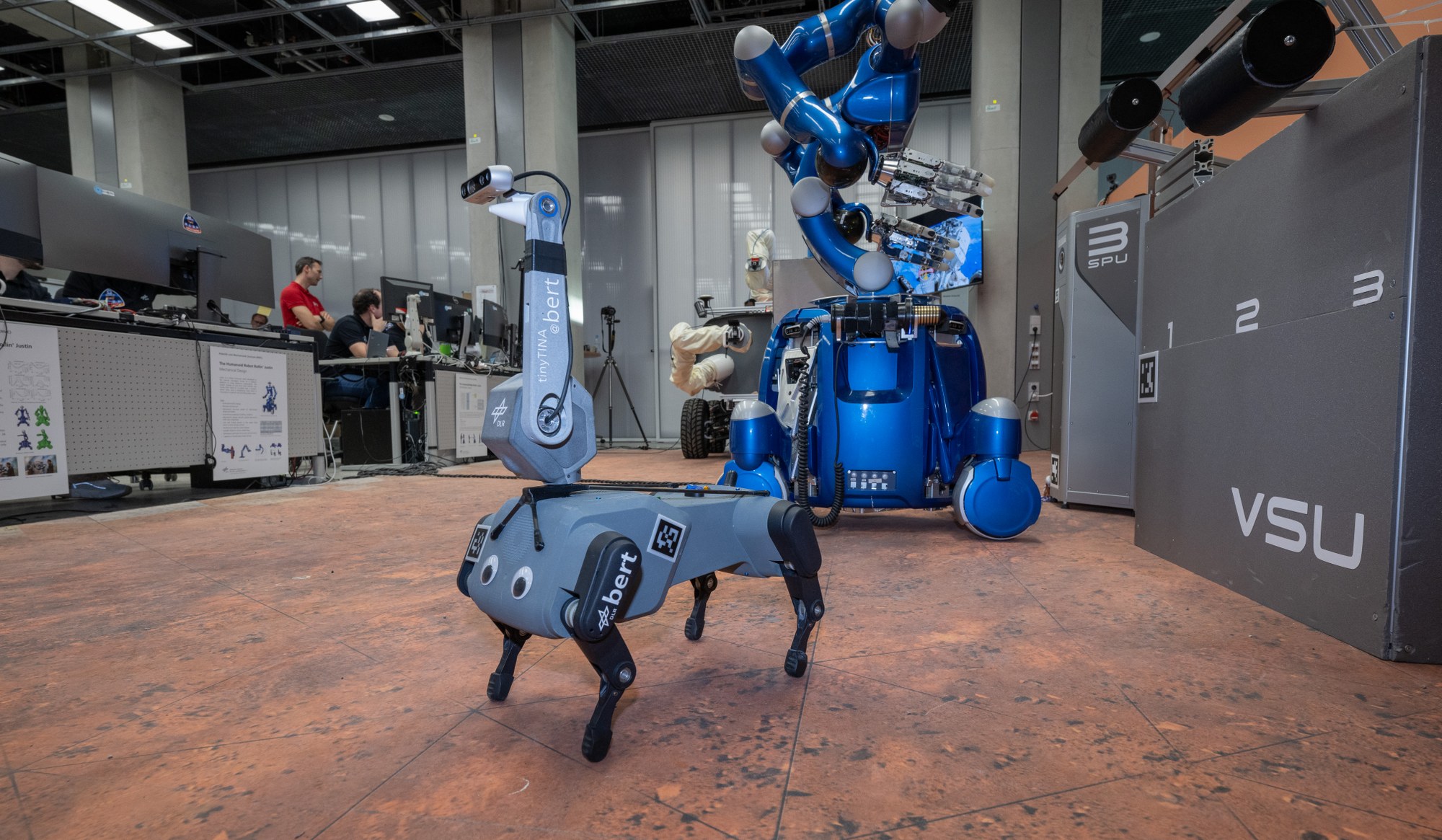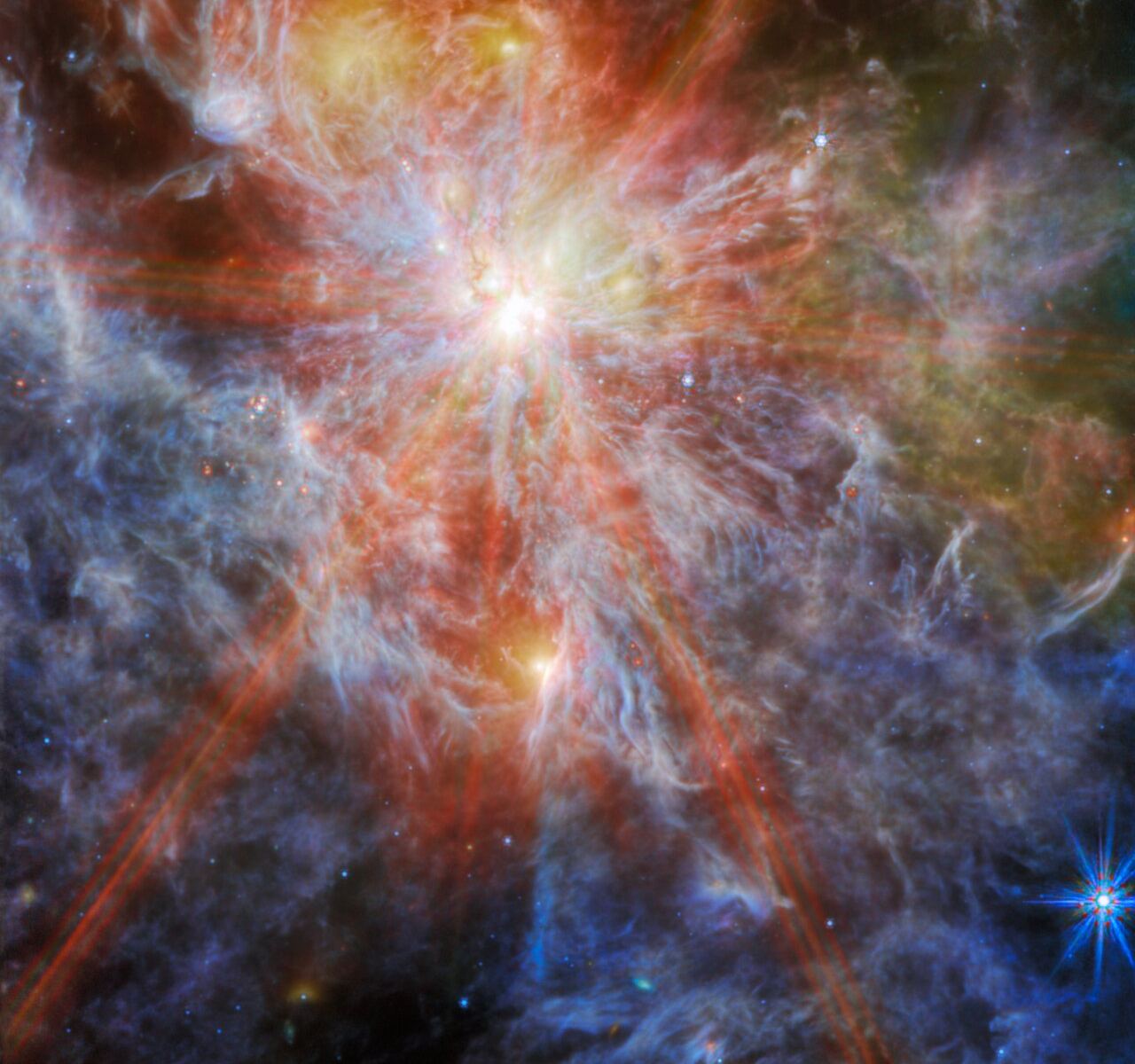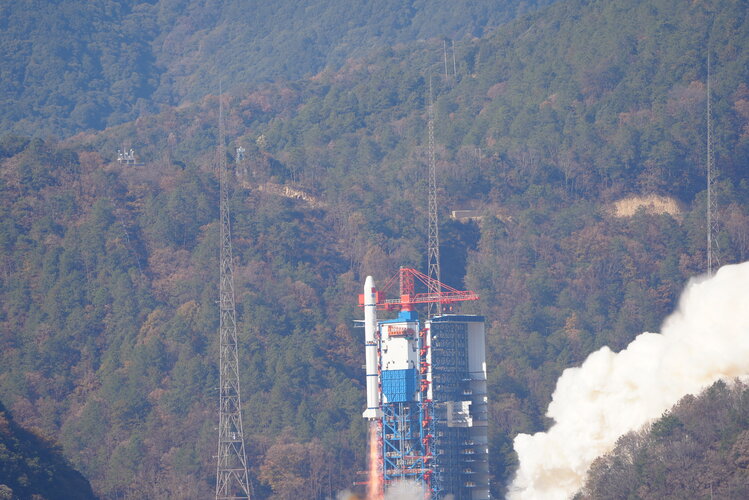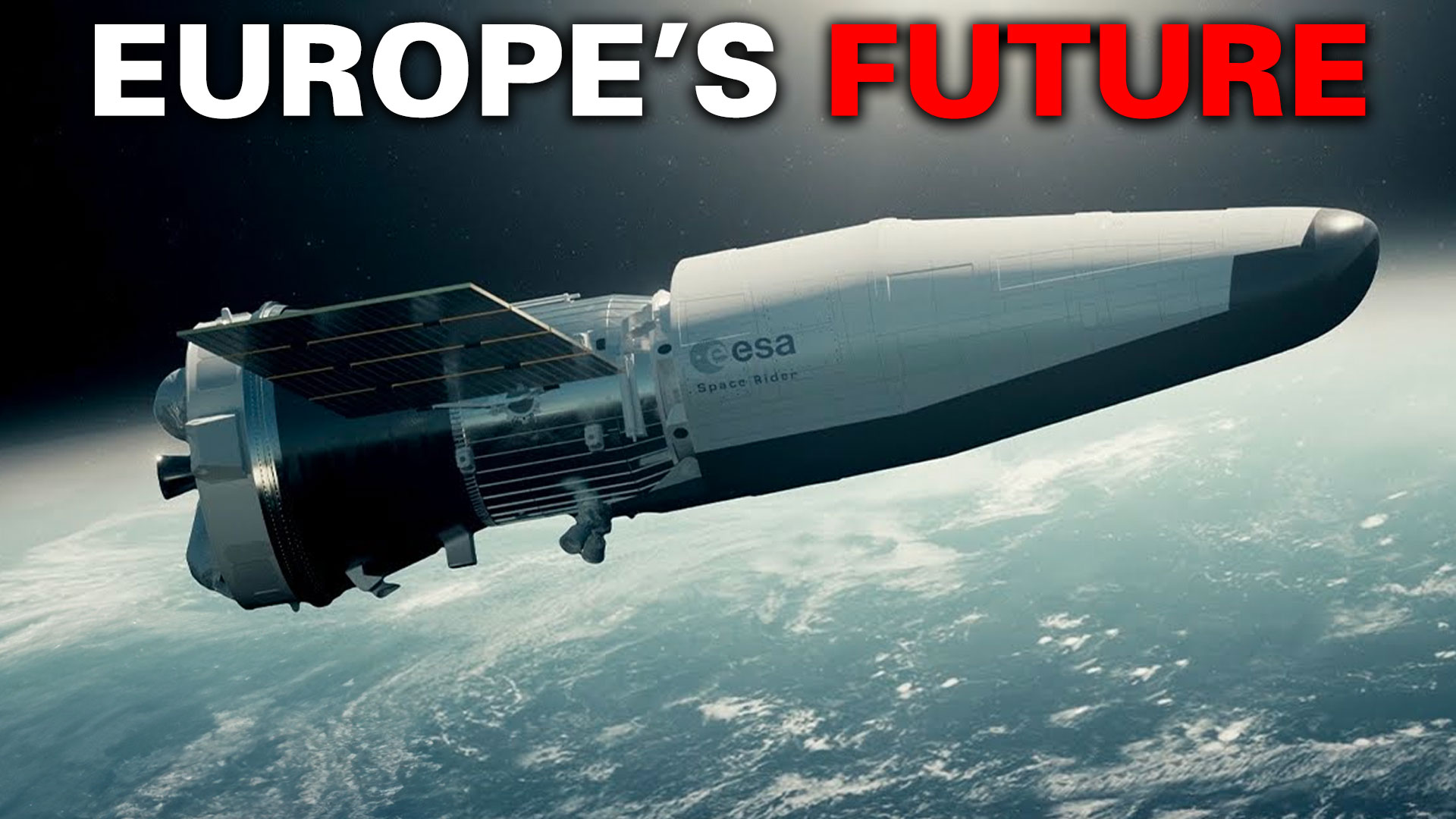The European Space Agency (ESA)’s next generation heavy lift rocket is just months away from its first flight, and its major components are now being assembled for launch at the Vehicle Assembly Building in Kourou, French Guiana.
Continue reading “Ariane 6 is Coming Together”Ariane 6 is Coming Together
